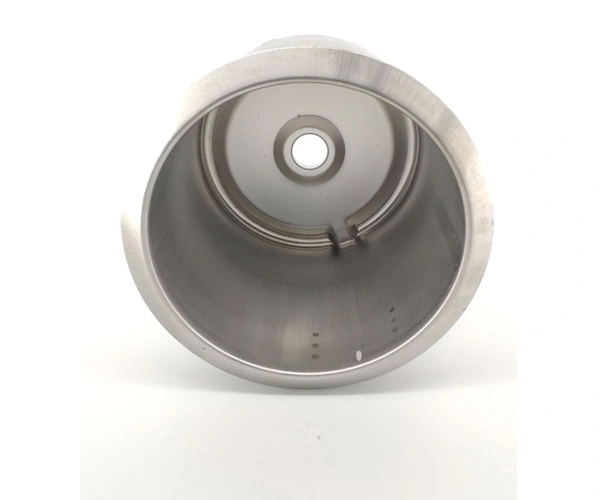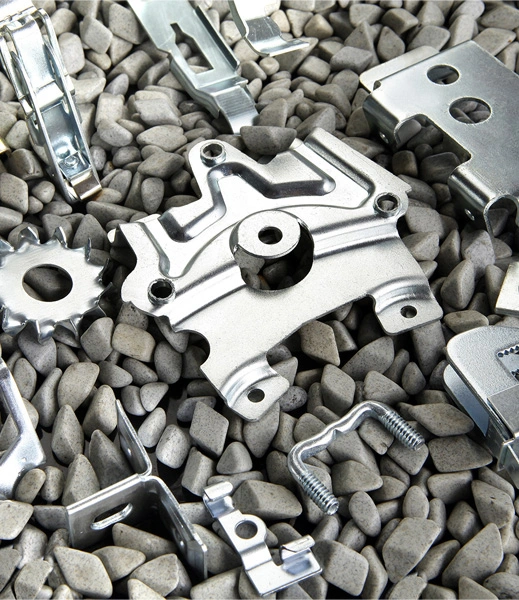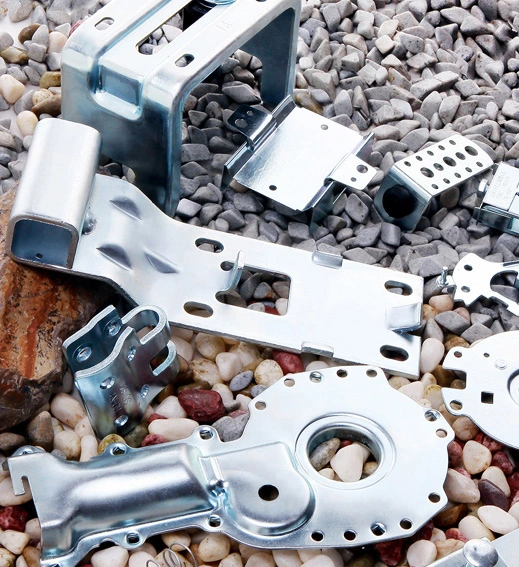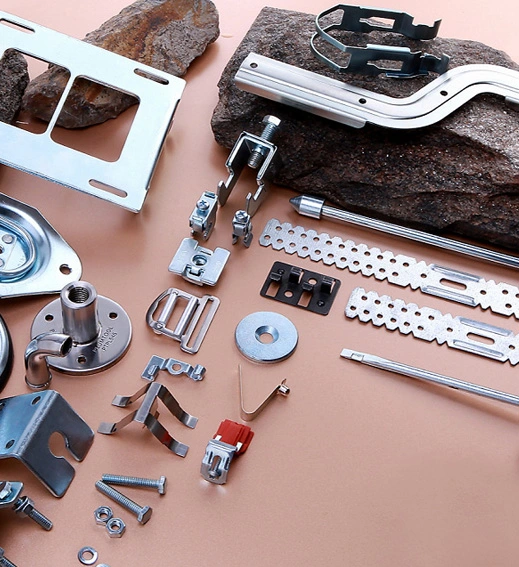

Material: carbon steel /stainless steel /aluminum /copper /galvanized sheet available
Thickness: 1.0mm
Tolerance: ±0.2mm
Manufacturing process: deep drawing
Surface treatment: powder coating /painting /anodization /sandblasting /zinc coating etc available
Aluminum deep drawing, shell deep drawing, housing deep drawing, stainless steel deep drawing, brass deep drawing
Precision deep drawing technology is the use of molds to apply tension to the surface of a workpiece, thereby causing deformation of the workpiece. By controlling the magnitude and direction of the tensile force during the forming process, the material can be stretched and formed. During the stretching process, the material undergoes axial and circumferential plastic changes, thereby changing the shape and size of the workpiece.
The key to precision deep drawing technology is to choose the appropriate mold shape and the position where tension is applied. By changing the shape of the tool and the position where tension is applied, different shapes of stretching can be achieved. At the same time, it is necessary to control the magnitude and speed of the tension to avoid causing local excessive stretching or breaking.
The precision deep drawing process under continuous die is to use metal sheets as raw materials, and through the coordinated action of the continuous die, transform the metal sheets into the desired shape. The process generally includes three steps: feeding, stretching, and stripping.
1. Feeding: The metal sheet is fed into the mold, usually using mechanical or pneumatic feeding methods. During the feeding process, it is necessary to ensure that the metal sheet accurately enters the mold and that the feeding speed matches the processing speed to avoid defects such as dragging or excessive stretching.
2. Stretching: In the stretching station, stress is applied to the metal sheet to cause deformation. During the stretching process, it is necessary to control parameters such as stress magnitude, speed, and time to avoid problems such as fracture or uneven stress in the metal sheet. Usually, hydraulic or mechanical drive is used to apply tensile force.
3. Demoulding: After stretching is completed, slide the finished product out of the mold. Usually, pneumatic or mechanical demolding methods are used.



